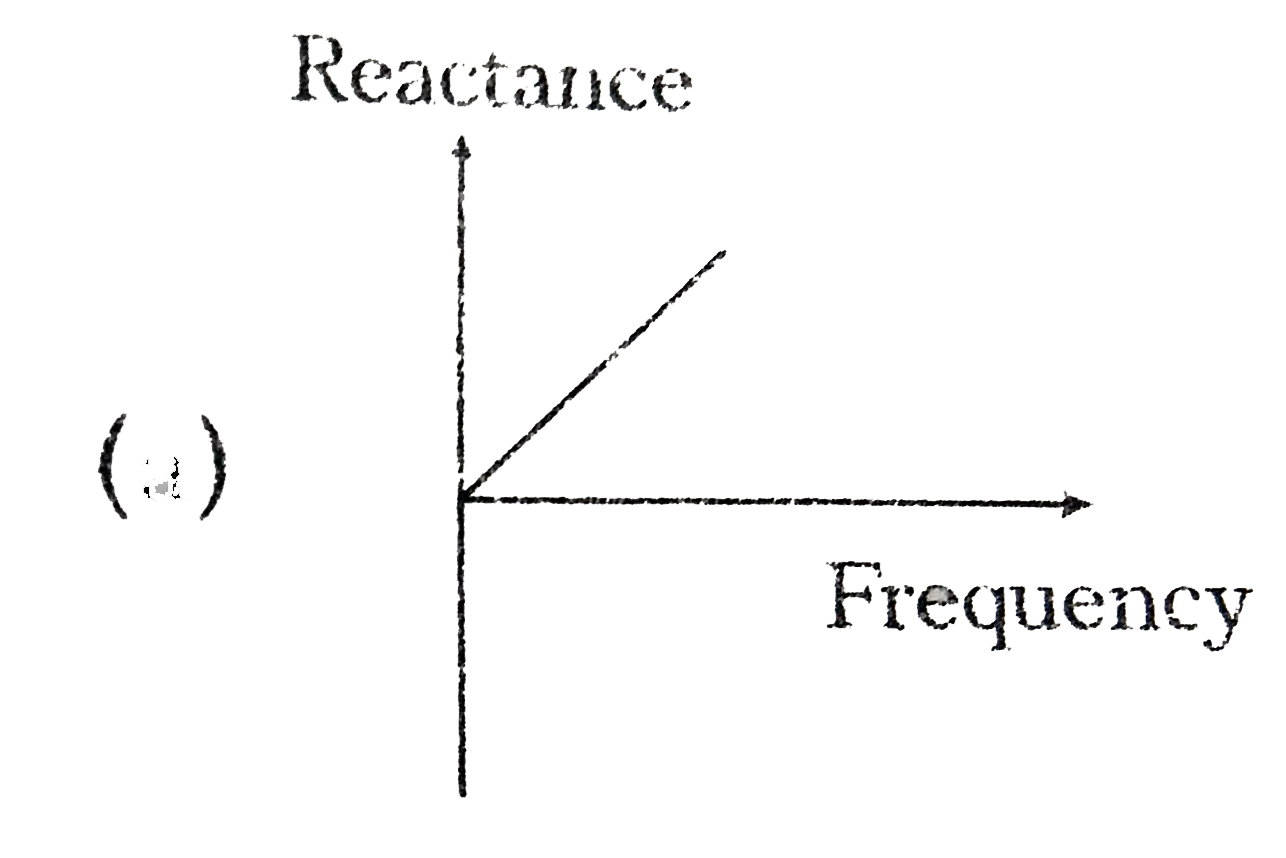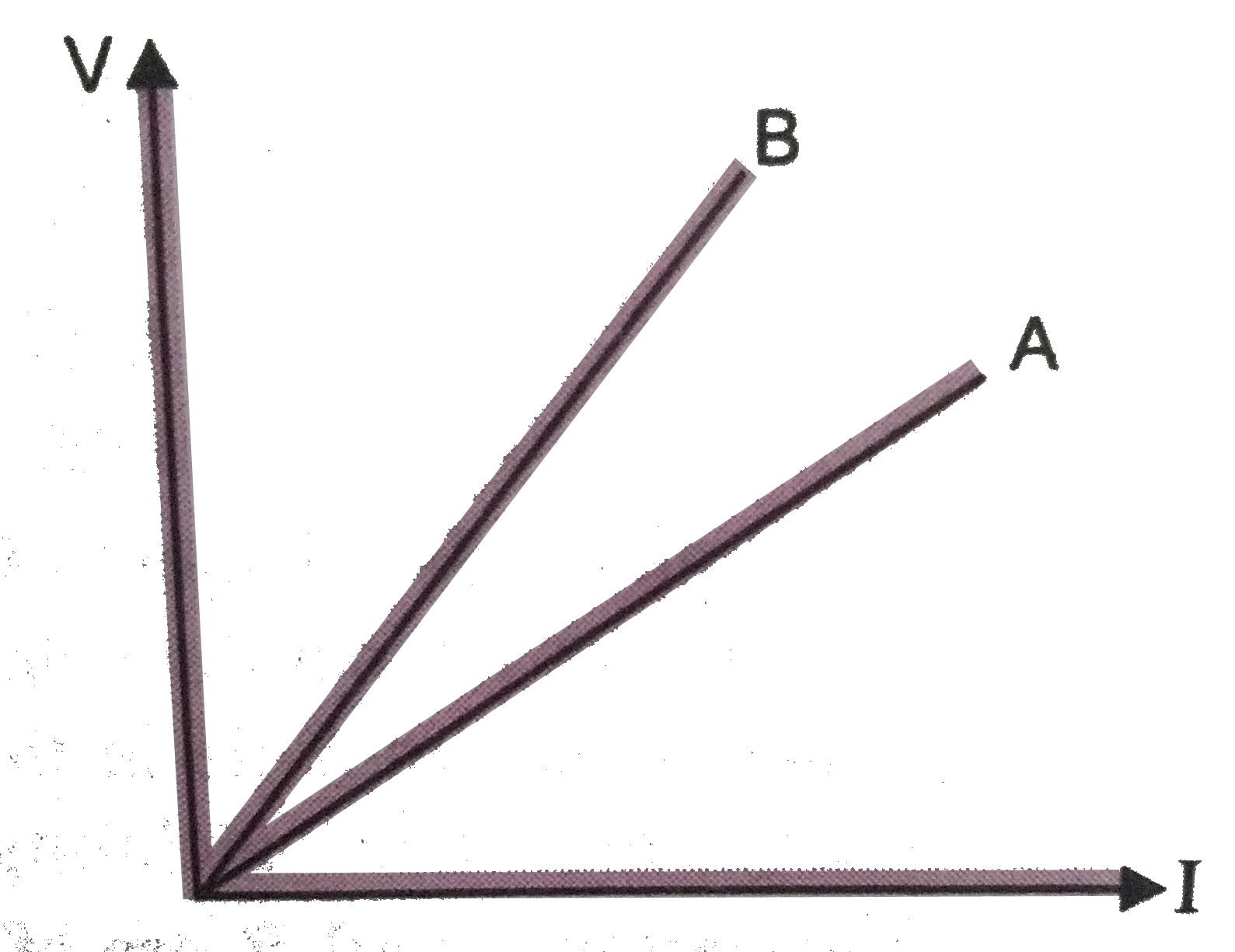The V - I graphs for two resistors and their series combination are shown in Fig 5.23. Which one of these graphs represents the series combination of the two resistors? Given reason for your answer.

Let for the given voltage V, the values of currents be I1,I2 and I3 for resistors 1,2,3 .
∴R1=VI1,R2=VI2andR3=VI3
From graph, we note that I3>I2>I1
∴R3<R2<R1
Hence graph 1 reprsents the series combination of other two resistnace.
Topper's Solved these Questions
- CURRENT ELECTRICITYBook:PRADEEPChapter:CURRENT ELECTRICITYExercise:Conceptual Problems
Explore 3 Videos
- CURRENT ELECTRICITYBook:PRADEEPChapter:CURRENT ELECTRICITYExercise:Very short Q/A
Explore 7 Videos
- COMMUNICATION SYSTEMSBook:PRADEEPChapter:COMMUNICATION SYSTEMSExercise:MODEL TEST PAPER-2
Explore 9 Videos
- DUAL NATURE OF RADIATION AND MATTERBook:PRADEEPChapter:DUAL NATURE OF RADIATION AND MATTERExercise:Exercise
Explore 191 Videos
Similar Questions
Knowledge Check
In the series combination of two or more than two resistances
Athe current through each resistance is sameBthe voltage through each resistance is sameCneither current nor voltage through each resistance is sameDboth current and voltage through each resistance are sameWhich of the shown graphs may represent the reactance of a series L-C combination?
A B
B C
C D
D
Which of the following is TRUE for a series combination of resistors?
AVoltage remains same onlBCurrent remains same onlCBoth current and voltage remains sameDNeither current nor voltage remains same
(a) Why does resistance increase in a series combination of resistors ?
(b) Why does resistance decrease in a parallel combination of resistors ?
View SolutionDiscuss series and parallel combinations of resistors with their salient features.
View SolutionTwo students perform experiments on series and parallel combinations of two given resistors R1andR1 and plot the following V -1 graphs [Fig. 5.24.]. Which of the graphs is/are correctly labeled in terms of the words 'series' and 'parallel'? Justify your answer.

View SolutionCombination of Resistors|Series Combination|Parallel Combination
View SolutionDraw a circuit diagram of an electric circuit containing a cell, a key, an ammeter, a resistance of 2Ω in series with a combination of two resistors (4Ω each) in parallel and a voltmeter across the parallel combination. Will the potential difference across the 2Ω resistor be the same as that across the parallel combination of 4Ω resistors ? Give reason.
View Solution
 .
.